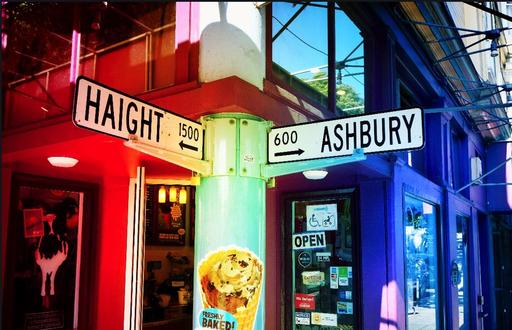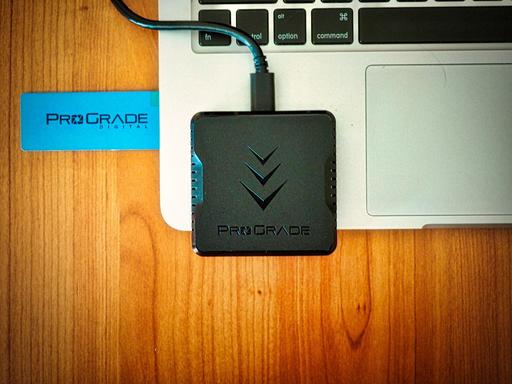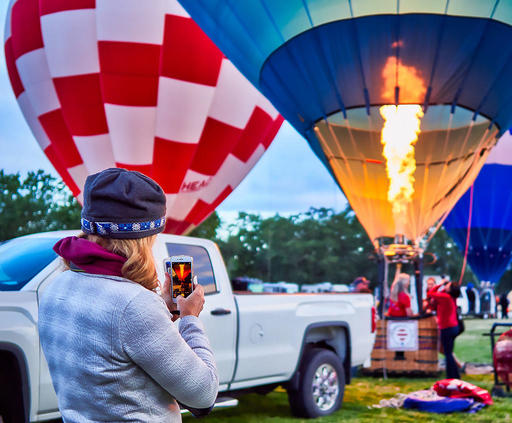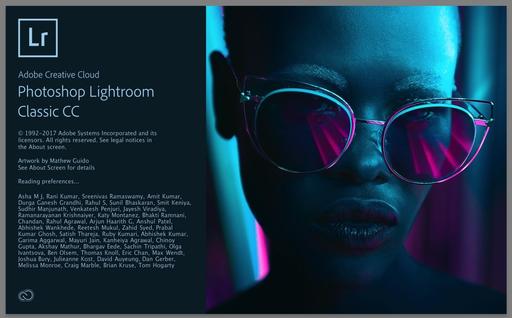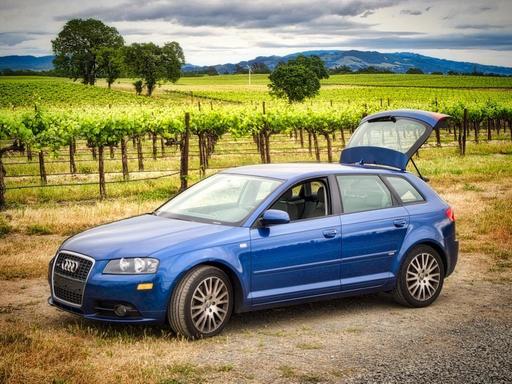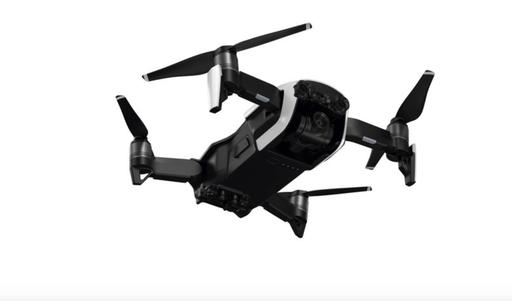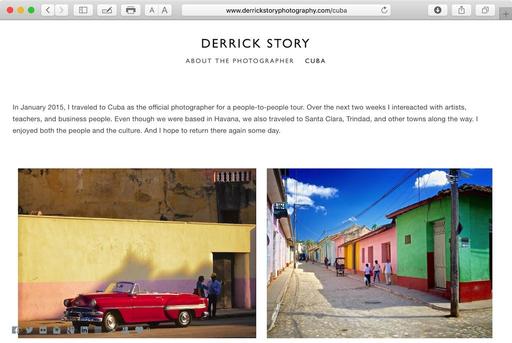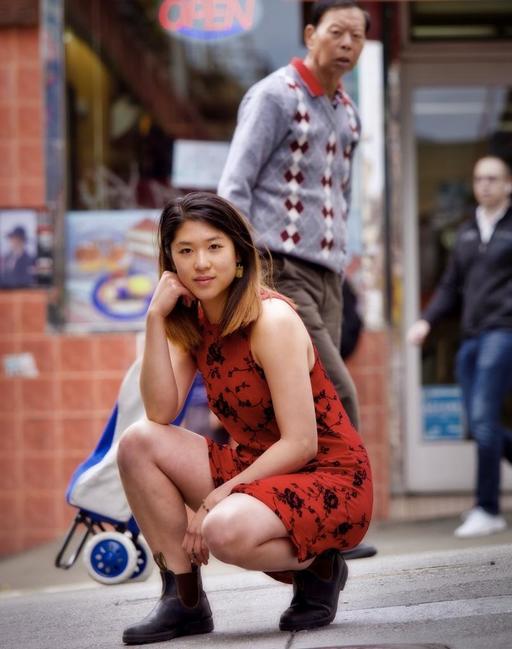This is The Digital Story Podcast #642, July 3, 2018. Today's theme is "Shake it Up." I'm Derrick Story.
Opening Monologue
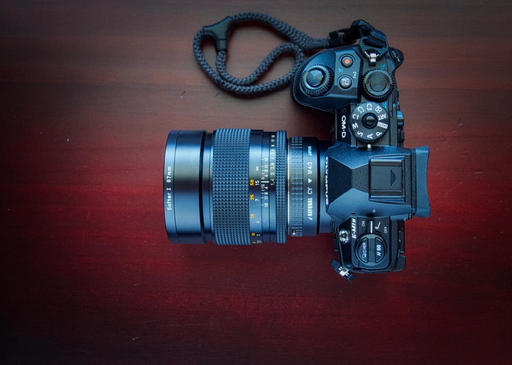 Analog Zeiss 85mm f/1.4 mounted on an Olympus OM-D E-M1 Mark II, Softar 1 Filter, and lens adapter.
Analog Zeiss 85mm f/1.4 mounted on an Olympus OM-D E-M1 Mark II, Softar 1 Filter, and lens adapter.
There are days when I go to my photo cave and just start spreading things around - lenses, filters, gels, reflectors, diffusers, and whatever else I have laying around. Then I start looking for interesting combinations. I want to do something different. I want to shake it up. And that's the topic of today's TDS photo podcast.
Shake it Up
One of my favorite things about mirrorless photography is that we have so many options when it comes to lenses. Adapters are cheaper than ever, so you can have three or four in different mounts. This opens up a whole world of new optics for your camera. And don't forget filters and other modifiers as well.
Let's look at some of the ways's I've shook it up recently.
- Old Lens, New Camera - I just shot a series of images with a Contax Zeiss 85mm f/1.4 mounted to my OM-D E-M1 Mark II.
- Real Filters - I just scored a Zeiss Softar 1 filter. It has a look that's different than what I'm doing in post. How about the guy who went street shooting with an ND filter?
- Wet it Down - Water is the original saturation slider.
- Pinhole Adapters - Yes, they make them for mirrorless cameras, and they are a blast.
- Infrared - When summer rolls around, I think thinking about IR photography. Why? Because it's actually better in the middle of the day. I use a Hoya R72 Infrared Filter.
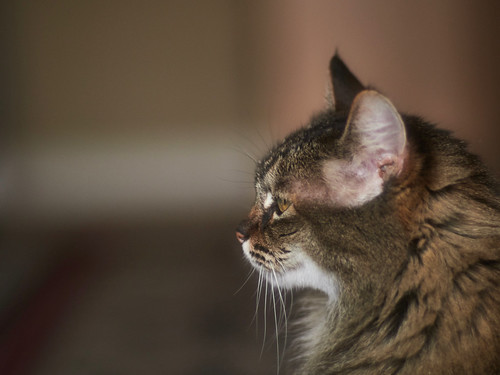 Dibs the Cat captured with the Zeiss 85mm and Softer 1 filter. Photo by Derrick Story.
Dibs the Cat captured with the Zeiss 85mm and Softer 1 filter. Photo by Derrick Story.
Try at least one of these this month, then let me know how it goes. I'm guessing that you will come away with an image that you like, and possibly never dreamed that you could create.
Court Rules Copying Photos Found on Internet is Fair Use
Article via Petapixel.
A Virginia federal court has made a decision that photographers won't be happy to hear: the court ruled that finding a photo on the Internet and then using it without permission on a commercial website can be considered fair use [under the right conditions].
In the United States, whether or not a use of copyrighted material without permission can be considered fair use (17 U.S. Code § 107) depends on four main factors: (1) the purpose and character of the use (including whether it's "transformative" and commercial vs. non-commercial), (2) the nature of the copyrighted work, (3) how much of the work is used, and (4) how much the use affects the market and/or value of the work. After considering these four factors, District Judge Claude M. Hilton of the Eastern District of Virginia concluded that the festival's use of Brammer's photo fit the criteria for fair use.
I'm sure we're going to hear more about this case.
Do You Have a Film Camera that Needs a Good Home?
Over the last year, I've received donations from TDS members who have film cameras that need a good home. What I do is inspect the items, repair and clean as I can, then list them in TheFilmCameraShop where I can find a good home for them. If you're interested in donating, please use the Contact Form on TheNimblePhotographer site. And thanks for you consideration!
Thanks to Paul Brown, Jane Beckman, Sally Harms, Kathleen McKee, Wendell Smith, Ken Wolter, and others who have previously contributed their gear to TheFilmCamerasShop.
Luminar Deep Dive Workshop
July 21, 2018 - 8:30 AM to 12:30 PM - Santa Rosa, CA Facilitators: Derrick Story and Angela Andrieux
Practically every photographer who comes to Luminar arrived from somewhere else.
Maybe you're a Lightroom user who wants to get away from the Creative Cloud subscription. Many Aperture users have been waiting for the next big thing that they can migrate to. Regardless of where you're coming from, Luminar offers both the traditional editing tools that we've come to love, plus innovation that we've never seen before... all in one affordable package.
If you're interested in the future of image editing, this workshop is for you. Derrick and Angela will show you how to apply your favorite techniques in Luminar, such as using a gradient screen to tame an overly bright sky, plus introduce you to the next generation of image editing with tools such as Accent-AI.
The four-hour workshop will be divided into 3 segments.
Session 1 - Luminar Basics: How to Accomplish Everyday Tasks
Session 2 - Traditional Techniques in Luminar: Working with Layers, Screens, Blending Modes and More
Session 3 - The New Age of Image Editing: How Luminar's New Tools will Change Your Photography
Plus, we'll provide the latest information about the Skylum Digital Asset Manager, lead Q&A sessions, and share our experiences working with the Skylum team.
If you want to explore the Luminar alternative, then this is an event you don't want to miss.
About the Facilitators
Angela a photographer, blogger, and photography coach living in Chesapeake, VA. She is a working photographer, educator, and works with Skylum, helping to facilitate their community forum. Angela provides both creative and technical support. And she truly understands the Luminar image editing process.
Derrick is a writer, photographer, teacher, and podcaster. You can follow his weekly shows on TheDigitalStory.com, as well as read his blog posts, check out his workshop schedule, and find links to his social accounts, including Instagram (DerrickStory), Twitter (Derrick_Story), and Facebook (thedigitalstory). TheDigitalStory show is also available where ever you download your podcasts. Derrick is the moderator for Skylum's Public Group on Facebook.
Workshop Fee: $69
You can register here at: our workshops page.
Updates and Such
I've updated our Directory to Portfolios by TDS Photographers page. Stop by and see what your peers are publishing.
You can become a member of our Inner Circle by clicking on this link or by clicking on the Patreon tile that's on every page of The Digital Story.
B&H and Amazon tiles on www.thedigitalstory. If you click on them first, you're helping to support this podcast. And speaking of supporting this show, and big thanks to our Patreon Inner Circle members:
And finally, be sure to visit our friends at Red River Paper for all of your inkjet supply needs.
See you next week!
More Ways to Participate
Want to share photos and talk with other members in our virtual camera club? Check out our Flickr Public Group. And from those images, I choose the TDS Member Photo of the Day.
Podcast Sponsors
Red River Paper - Keep up with the world of inkjet printing, and win free paper, by liking Red River Paper on Facebook.
Portfoliobox - Create the site that your best images deserve by visiting Portfoliobox. And get a 20 percent discount by using our landing page!
The Nimbleosity Report
Do you want to keep up with the best content from The Digital Story and The Nimble Photographer? Sign up for The Nimbleosity Report, and receive highlights twice-a-month in a single page newsletter. Be a part of our community!
Want to Comment on this Post?
You can share your thoughts at the TDS Facebook page, where I'll post this story for discussion.
